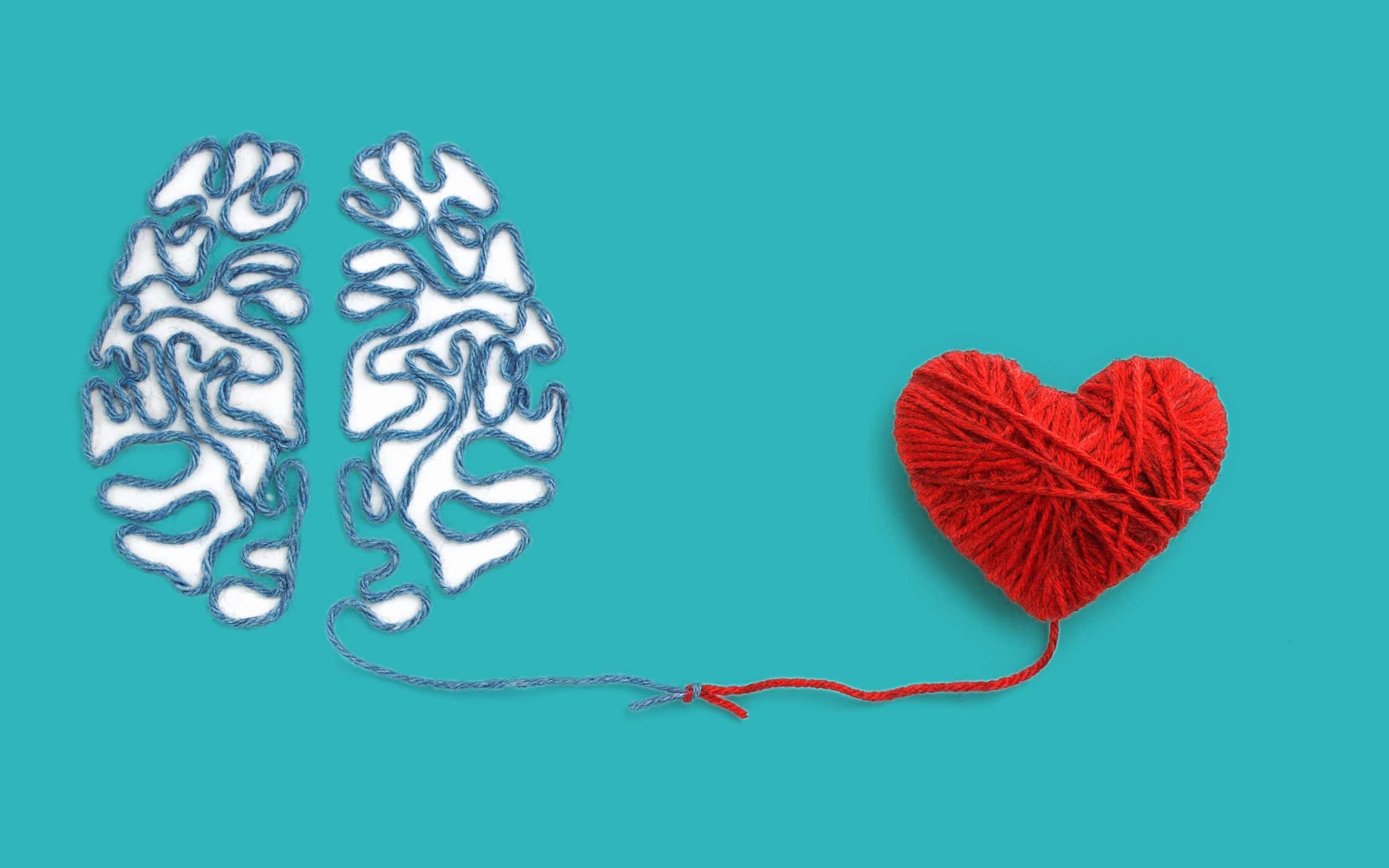All Of The Feels: 5 Tips To Do Emotional Marketing Right
Whether you realize it or not, your customers feel a certain way about your business.
What kind of vibe are you putting off? Are you genuine and warm, or cold and aloof?
Your branding and marketing choices have a direct effect on how customers feel about you. Ideally, you want people to feel warm, happy feelings when they think about your brand. This leads to real Brand Love moments that—with a bit of elbow grease—turn into more loyal customers and sales.
If customers love you, they’re going to stay with you. But how do you convince shoppers to fall in love with your brand?
You can finesse your marketing efforts by mastering the art of emotional marketing. Let’s dive into the basics of emotional marketing, as well as five ways your biz can use emotional marketing to forge relationships that last.

What is emotional marketing?
Emotional marketing is about designing a customer journey that evokes feelings. You can do that through visuals, stories, your website copy, and a lot more.
Instead of hitting your customers over the head with stats and data, emotional marketing helps you deliver a near-immediate gut reaction that shoppers will remember.
Emotional marketing is the best way to connect with loyal shoppers who will stick around for decades—just ask any loyal Subaru owner about their vehicle, and they’ll gush about how much they love Subaru.
However, it’s important to realize that emotional marketing is a double-edged sword. If you do anything to tick off your customers, they will feel betrayed, which can have the opposite effect.
Why emotional marketing works
If you took speech classes in high school, you probably learned that the basics of persuasion are pathos (emotion), logos (logic), and ethos (character). While a mix of all three is important, emotional marketing leans heavily into pathos to help get you the biggest bang for your buck.
Emotional marketing works because:
- Customers remember it: The human brain is a funny thing. We tend to remember experiences where we feel extreme emotions (either good or bad). Since emotion has such a big effect on memory, customers are more likely to remember emotional marketing campaigns. (You probably still remember Sarah McLachlan’s “Arms of the Angels” commercial for the SPCA years later, don’t you?)
- It helps you stand out: Your competitors can steal your customers and try to copy your products, but they can’t steal your brand or personality (legally, that is). Emotional marketing helps you forge connections with customers that transcend petty squabbles with your competitors. In fact, even if your products are more expensive, customers will continue buying from you if they like you more than the other guys.
- It has a direct effect on shopping behavior: 95% of purchasing behaviors happen on a subconscious, emotional level. Customers might not remember all of your product features, but if they associate you with happy feelings, they’ll continue to support you.

5 tips to master emotional marketing
There’s nothing wrong with listing your product specs or benefits, but if you want to make a lasting impression, you’ve got to go all-in on emotional marketing campaigns. Here are five actionable ways to blend emotion with your next marketing campaign.
1. Gather intel on your audience
Everything in marketing should revolve around your audience. But for emotional marketing campaigns, you have to go beyond basic demographics and customer personas.
You have to sit down and interview real customers to do this right. Get to know them. Ask them what keeps them up at night, what they need, what motivates them.
Every audience, brand, and product is different. Don’t assume that what worked in the past will work for a specific product, especially if you’re launching a new campaign. Some customers might respond to fear appeals, while others respond better to joy—a little audience intel will tell you if you’re on the right track.
2. Target the right emotions
Humans feel a lot of complex emotions, which the psychologist Robert Plutchik mapped out with his Wheel of Emotions. This is very similar to the color wheel, where you can combine different human emotions to make more complex feelings.
But at its core, the Wheel of Emotions says humans have eight basic feelings:
- Anger
- Disgust
- Fear
- Sadness
- Anticipation
- Joy
- Surprise
- Trust
Most marketers will target just one of these emotions in a campaign. But because every brand is different, you need to define which emotion(s) you want people to feel with your campaign. Sometimes you might need to blend two emotions together, like:
- Disgust and trust
- Surprise and anticipation
- Joy and sadness
Fear and anger appeals are very effective, but they’re ethically messy. If you want to incite negative emotions, be sure to pair them with positive emotions, too. Otherwise, consumers will start feeling negative, reactive, and angry when they think about your brand, which isn’t a good thing.
3. Watch your color choices
It might sound a little hokey, but colors really do have an effect on our emotions. This is why it’s so important to use the right colors in your branding.
For example, if you’re a bank and want to earn customers’ trust, you would go for a muted color like dark navy. A frozen yogurt shop for teens, on the other hand, might use colors like orange and lime green to look fun, youthful, and exciting.
4. Lean into FOMO
Fear of Missing Out (FOMO) is a powerful emotion that pairs great with marketing. In fact, 60% of people will make purchases (usually within 24 hours) to avoid feeling left out.
Be sure to add an element of FOMO to your campaigns, whether that’s through:
- Limited time offers
- Limited quantities
- Insider-only or subscriber-only content
Storytelling is the No. 1 path to emotional marketing, regardless of your business’s size or marketing resources. Stories are a natural vehicle for emotion and sharing information: it’s how early humans passed down knowledge!
Our brains are hard-wired to process information via stories. So, instead of spamming your social media feed with stats and data, tell a story. That could look like:
- Sharing customers’ before and after stories
- A video of your business’s origin story, movie-style
- Creating a fictitious customer persona and following their journey
Simplify your emotional marketing campaigns
Fancy statistics and features are important, but emotion is the driving force behind customer behavior. Know the people you serve and understand their motivations. With these five tips in your arsenal, you’ll be able to craft more thoughtful, emotional campaigns that move the needle.
Need a little help promoting your biz? Boundless simplifies emotional marketing campaigns by linking consumers with branded products that connect and engage. See how we help brands create lasting Brand Love moments.






Comments (0)